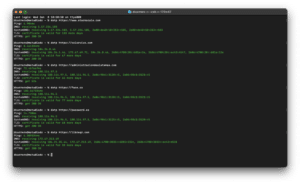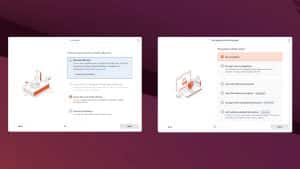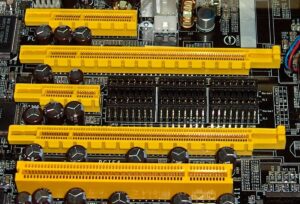A simple code optimization shows massive potential for greener and more efficient server infrastructure worldwide
A recent study has revealed that making a minor change—just 30 lines of code—to the Linux kernel could significantly reduce energy consumption in data centers. According to findings presented at a leading computer systems performance conference, this small tweak could lead to a 30% to 45% reduction in power usage across Linux-powered servers.
Given Linux’s dominant role in cloud infrastructure, enterprise computing, and high-performance environments, this discovery holds major implications for energy efficiency at scale.
Smarter Networking, Lower Power
The optimization focuses on how the Linux networking stack handles system interrupts, particularly during periods of heavy network traffic. Instead of processing every interrupt immediately—which forces the CPU to wake up constantly—this tweak reorganizes when and how interrupts are handled, improving the way the CPU’s cache is used and reducing unnecessary energy draw.
The technique involves a concept known as IRQ suspension, which minimizes interruptions and allows the system to process network events more efficiently. This reduces CPU workload during high traffic scenarios, while maintaining low latency when activity is light.
In essence, the improvement is not about adding more functionality, but about doing things in a smarter order, much like optimizing an assembly line to reduce wasted movement and time.
Scaling Benefits Across Global Infrastructure
Because Linux is the operating system of choice in most cloud platforms and large-scale data centers, the potential impact is massive. If adopted by major cloud providers and hyperscale operators, this single change could help save gigawatt-hours of electricity annually, reducing both costs and carbon emissions.
In large data centers, even modest savings per server can add up. For example, each server typically has multiple network interfaces that consume power, and when multiplied across hundreds or thousands of server racks, the cumulative energy reduction becomes substantial.
This is especially relevant as data centers continue to grow in size and energy intensity, driven by artificial intelligence workloads, streaming services, and global digital demand.
Not a One-Size-Fits-All Solution
While the benefits are clear, this optimization is not intended to be a universal default setting. The kernel change must be manually enabled through tools like ethtool and is best suited for well-controlled environments—particularly large data centers running network-heavy applications that can tolerate certain trade-offs.
One consideration is predictable latency. Although the optimization maintains low latency during light workloads, it may introduce variability under specific high-traffic patterns. Therefore, it’s considered an opt-in feature for infrastructure teams that can fine-tune and test performance in their own deployments.
A Step Toward Sustainable Computing
With global computing now accounting for approximately 5% of total daily energy consumption, optimizing foundational software like Linux is an essential step in making digital infrastructure more sustainable.
This development underscores the importance of revisiting how system software handles modern hardware demands, especially as networking interfaces and CPU designs continue to evolve. Much of the Linux networking stack was built in an era when Ethernet interfaces consumed far less power. This tweak addresses those legacy assumptions, aligning Linux with today’s performance and energy expectations.
Conclusion
This kernel-level optimization serves as a compelling reminder that small code changes can lead to big energy savings—especially when applied across massive server fleets. As the industry looks to balance performance, cost, and environmental impact, innovations like this one will play a critical role in shaping the next generation of cloud computing infrastructure.
For data center operators, Linux maintainers, and sustainability-focused engineers, this is one change that could deliver major dividends with minimal disruption. And in a world increasingly reliant on digital infrastructure, making Linux greener could help make the internet more sustainable for everyone.
Source: Revista cloud












